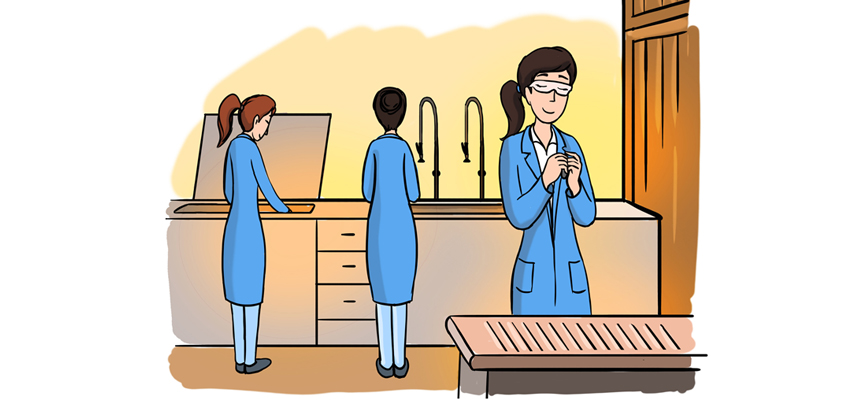Cleaning Tips for Repairing Electronics and Recovering Data
Electronics are often a top area of concern for homeowners or business owners. Whose premises have been damaged by fire or flood. From laptop and desktop computers to tablets and smartphones. All the way to high-end entertainment equipment like televisions and stereos, electronic devices are often extremely expensive to replace. To make matters worse, many electronic devices—particularly computers and smartphones—are loaded with data. That may or may not be backed up anywhere else.
If you are hoping to recover data from electronics that have been damaged by water or fire, or if you are hoping to salvage and use your devices in the future, then your first step may be a thorough cleaning. Read on to learn more about cleaning tips for water and fire-damaged electronics.
Consider the Degree of Damage
After a fire or flood, electronic devices will generally fall into a few specific categories relating to how salvageable they are. With a fire, it’s fairly easy to tell whether or not your electronics have a chance just by looking at them. A laptop or TV that’s been touched by flames. And has visible burn marks has likely been cooked and will be tough to save. Electronics that are merely blackened with soot, however, might have a chance.
With water damage, it’s a lot more difficult to tell whether it’s worth trying to repair your electronics or recover your data. Water damage usually isn’t as fast-acting as fire, nor does it leave such visibly evident scars. Still, water can degrade a hard drive or motherboard more rapidly than you might think. So the number one rule is always to act fast if you want to try to save your stuff.
Electronics that have been submerged in water is increasingly difficult to repair, depending on how long the device in question spent underwater. Electronics that were on at the time of the flood are especially problematic. As they would likely have shorted out upon contact with water.
Devices that you were able to fish out of the water quickly, on the other hand, or that just got splashed or dripped on. But never completely submerged, might be able to be salvaged with drying and cleaning. It’s also a good idea to take a closer look at any devices that were located in a flooded room. Many home and business owners assume that devices that didn’t come in contact with any water are fine. However, computers situated in rooms where flooding occurred can often be negatively affected by humidity. It’s a good idea to have these devices looked at and cleaned to make sure they continue to perform optimally.
After a Flood, Keep Your Electronics Wet
Especially if your devices have been submerged in floodwater, you’d do better to keep them wet than try drying them off. Floodwater isn’t just water: it’s full of dirt, sand, sediment, and other minerals. If you try to dry off your electronics now, you might end up making the hard drives and other internal components more difficult to clean. You can towel off the outside of your laptop or phone: just don’t try to dry them with a hairdryer or heater. Otherwise, those foreign particles from the floodwater are going to dry as well. And more or less become one with your device’s interior components.
Call for Help ASAP
Unless you are an electronics expert in your own right, you shouldn’t try to clean your flood or fire-damaged electronics yourself. Instead, call a professional for help. An experienced technician or team will know how to meticulously and safely clean your computer hard drives and other devices. This close and careful cleaning work will give you a better chance of recovering your data. Or even being able to use your damaged devices again in the future.
| Critical Elements for Electronic Cleaning |

